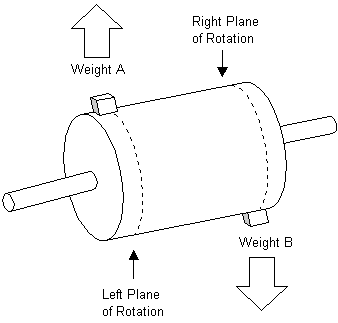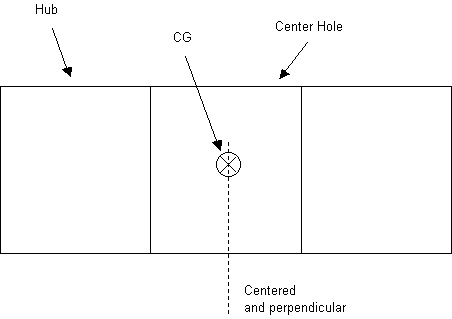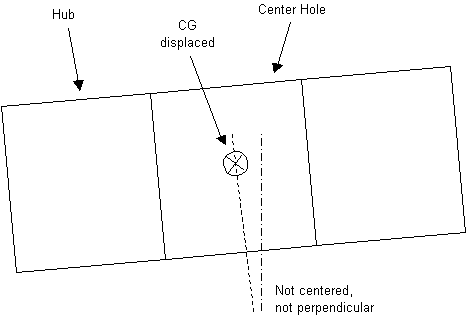It's all about centrifugal force



Centrifugal force is an outward force which exists in rotating bodies
F = mω²r
ω = Δθ/Δt (angular speed)
Centrifugal force is proportional to the distance between mass and rotational axis
Centrifugal force is proportional to the square of rotational speed





